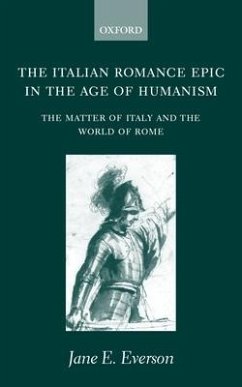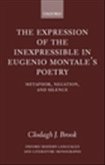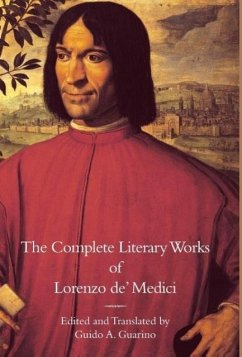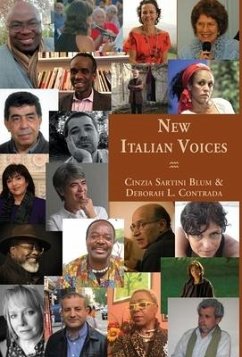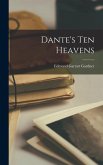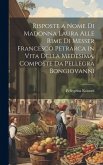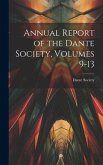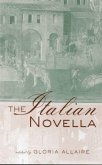The immense success of the Italian romance or chivalric epic between the mid-fourteenth century and the sixteenth century constitutes a striking paradox. The flowering of the genre, between the composition of "Boccaccio's Teseida" and the "Orlando Furioso of Ariosto" occurred in precisely the same period as the emergence of Humanism and the revival of classical culture and literature based on re-readings of ancient texts. The two cultural phenomenons - of medieval, vernacular narratives and the imitation of classical texts, veneration for classical antiquity - seem antithetical. Through an analysis of aspects of both the cultural context and major literary texts, this book shows that the traditional distinction of popular versus elite culture cannot be maintained. The study reveals a process of syncretism and symbiosis through which the romance epic adapted to the challenges posed by the classical revival, absorbing and rewriting elements of classical texts into the tradition of the matter of France and the matter of Britain to create a new 'matter of Italy' - texts which appealed to all levels of society.
The romance or chivalric epic was the most popular form of literature in Renaissance Italy. This book shows how it owed its appeal to a successful fusion of traditional, medieval tales of Charlemagne and Arthur with the newer cultural themes developed by the revival in classical antiquity that constitutes the key to Renaissance culture.
Hinweis: Dieser Artikel kann nur an eine deutsche Lieferadresse ausgeliefert werden.
The romance or chivalric epic was the most popular form of literature in Renaissance Italy. This book shows how it owed its appeal to a successful fusion of traditional, medieval tales of Charlemagne and Arthur with the newer cultural themes developed by the revival in classical antiquity that constitutes the key to Renaissance culture.
Hinweis: Dieser Artikel kann nur an eine deutsche Lieferadresse ausgeliefert werden.

